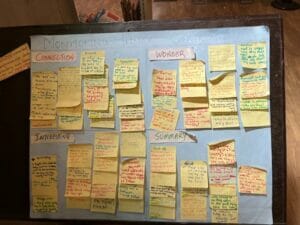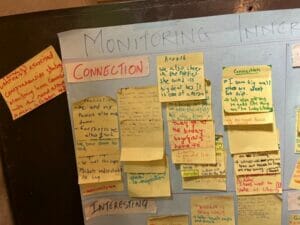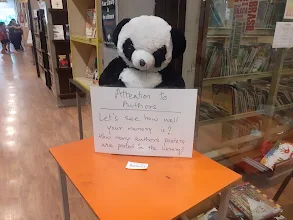Most of the time, as Librarians, we wonder if we have enough books in the Library and whether children are reading enough. We also, at times, wonder why our students are not reading and are moving towards other sources to seek information. Seldom, do we think about teaching students how to read and comprehend. Imagine how beautiful it’ll be if the Library was not just a place adorned with books but also a source for children to learn how to pick the right book, read and comprehend. With this thought in mind, we at Fountainhead School decided to plan lessons around these skills.
Right from Grade 1, we teach children the ‘Five Finger Test’ to identify whether the book is too easy, just right or too challenging for them. As they grow, we introduce the ‘I Pick’ strategy, which helps them choose a book with a purpose. The next big rock we had to turn was to keep them hooked to the selected book, and this can happen if you understand what you’re reading. We were now thinking of ways to help children comprehend better when they read. The educators at our school attended many professional development sessions on Reading Comprehension strategies.
Since then, we’ve never looked back. Strategies like monitoring your inner conversations, inferring, visualizing and predicting help students understand what they are reading. Using monitoring their internal conversation, students have learned to make self-to-text connections and ask questions to understand what the author is trying to say. Inferring is the strategy that has taught students how background knowledge can be used with the clues from the text to make an educated guess. One clear distinction between movies and books is the level of imagination that is needed to understand the message. While movies or videos are straightforward for most students to understand due to visuals, understanding a book takes the skill of visualizing. With this strategy, students feel equipped enough to imagine and paint a vivid picture of whatever is being described in their minds.
Librarians read aloud stories to students and help reflect using prompts from these strategies. Gradually, most of our students have mastered the strategies and confidently apply them while reading.
Some glimpses of their reflection are:



In order to encourage students to read, we have also started giving them opportunities to talk about what
at they are reading. Every week they bring one book they are reading and participate in interesting activities planned around these books for 15 minutes.
The library is filled with posters of famous authors and planned activities like library tours, solving crosswords, recommending books and short quizzes. This helps us check and enhance students’ understanding of some of their favourite authors and their work. Students were excited and participated with zeal in most of the activities. They are confident readers and can select books for book clubs and later share their reviews enthusiastically.
In August, students expressed their love and gratitude for their nation. Independence Day was the theme. We pulled out books and set them up in a corner. Through quizzes, students used research skills to answer the quizzes. We allowed the students to write/draw/create using the theme. Their work was displayed in the Library. These are some of the practices that we will continue to sustain children’s love of reading.
– Pinky Shah, Librarian @ Fountainhead School.

